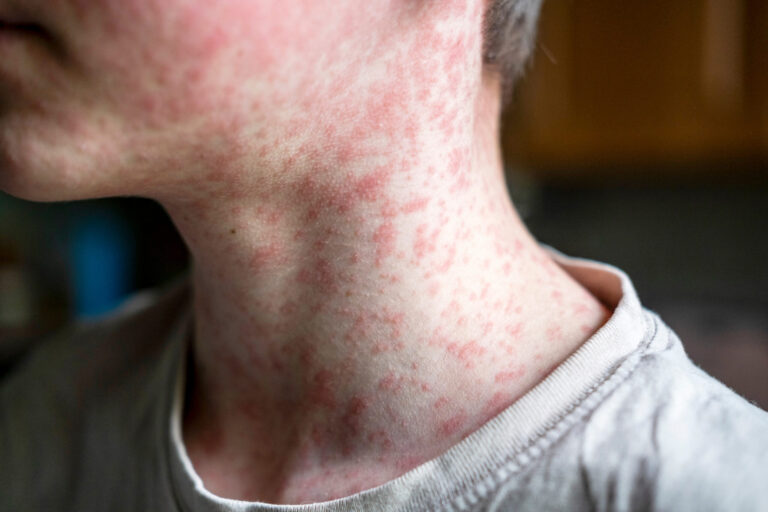Cervical cancer is a disease that can be effectively prevented through screening and prevention programs. The Institut national d’excellence en santé et en services sociaux (INESSS) in Quebec recently updated its guidelines on cervical cancer screening, now emphasizing the use of human papillomavirus (HPV) testing.
The Context of Cervical Cancer
This cancer develops in the cells of the cervix, primarily due to persistent infections by certain types of HPV. While these infections are common and often resolve spontaneously, persistent infections can lead to precancerous and cancerous changes in cervical cells.
HPV is one of the most common sexually transmitted infections worldwide. It is estimated that 70 to 80% of sexually active men and women will be infected with HPV at some point in their lives.
According to the Canadian Cancer Society, it is estimated that 1600 Canadian women will be diagnosed with cervical cancer in 2024, and 400 will die from it.
The Evolution of Screening Methods: From the Pap test to the HPV test
The Pap test (Papanicolaou)
For several decades, the Pap test has been the gold standard for cervical cancer screening. This test involves collecting cells from the cervix during a gynecological exam and examining them under a microscope to look for abnormal cells that may indicate precancerous or cancerous changes. The Pap test has significantly contributed to reducing cervical cancer rates through early detection of cellular abnormalities.
The HPV screening test
The HPV screening test is the new method recommended by INESSS for cervical cancer screening. This test detects the presence of human papillomavirus (HPV) DNA in cervical cells, and allows to identify infections by high-risk HPV types before cellular changes occur.
This test is more sensitive than the Pap test and can therefore identify women at risk of developing cervical cancer earlier.
The HPV test is recommended every five years for women aged 25 to 65, unlike the Pap test, which was recommended every three years.
Understanding HPV Types: High risk vs. Low risk
There are more than 100 types of HPV, but not all expose to the same level of health risk.
- High-risk HPV types (including types 16 and 18) are responsible for the majority of cervical cancers. Infections by these HPV types can lead to precancerous or cancerous cellular changes if they persist.
- Low-risk HPV types (such as types 6 and 11) typically cause benign lesions like genital warts or condylomas. They do not cause cancer but can be bothersome and may require treatment.
The Abnormalities Monitoring Process
If the HPV test reveals an infection with a high-risk type, further tests are necessary to determine the presence of precancerous lesions. A Pap test is conducted additionally to examine cervical cells in detail. Subsequently, a colposcopy, a more elaborate examination of the cervix using a special magnifying device, and a biopsy of the cervix may be required. Colposcopy and cervical biopsy are procedures performed by gynecologists.
Preventive Measures
In addition to regular screening, prevention remains crucial. Vaccination against HPV is the best way to protect oneself. In Quebec, it is offered for free to 4th-grade elementary school students. It is free until the age of 20 years old and for adults who are immunocompromised. It is recommended but not free for adults aged 21 to 45 years old. Adults over 45 years old who wish to reduce their risk of new infections by HPV types covered by the vaccine are also eligible for vaccination.
The vaccine can be administered to individuals who have already contracted an HPV infection or who have had an HPV-related lesion (such as genital warts or abnormal screening test), because immunity is specific to the contracted HPV type and is not always acquired after a natural infection.
Gardasil9 is the most commonly used vaccine
It protects against nine different types of HPV:
- High-risk HPV types: 16, 18, 31, 33, 45, 52, and 58. These types are the most commonly associated with cervical cancer as well as other genital cancers.
- Low-risk HPV types: 6 and 11. These types are primarily responsible for genital warts.
To reduce the risk of contracting HPV, it is recommended to have safe sexual practices, such as using condoms and limiting the number of sexual partners.
Importance of Education and Raising Awareness
Informing women about the importance of regular screening and the benefits of vaccination is essential to reduce the incidence of cervical cancer. Awareness campaigns can help reduce stigma surrounding vaccination and encourage increased participation in screening programs.
The new guidelines from INESSS represent a significant advancement in the fight against cervical cancer. By focusing on HPV testing for screening, we can detect and treat high-risk infections more effectively. The combination of vaccination, regular screening, and public education is crucial to protect women’s health.
Visit the INESSS website for more details and consult your healthcare professional for personalized and tailored advice.



